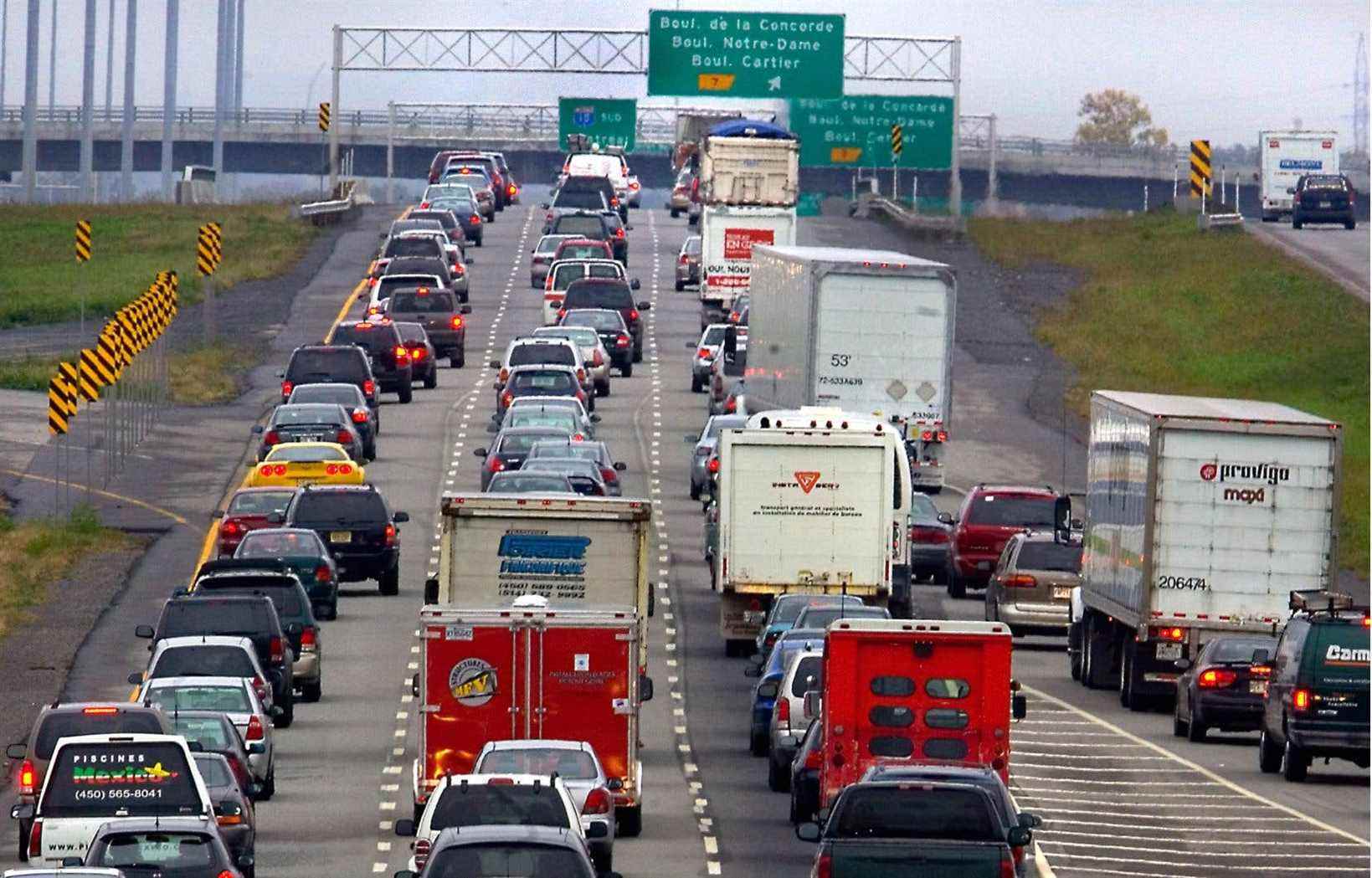The 2019 results of the Quebec government’s GHG reduction efforts disappointed without causing any great surprise: a 1.5% increase takes the CAQ further away from the modest objective it had set for itself. Minister Benoit Charette blames part of the blame on Philippe Couillard’s previous liberal regime, which went ahead with the construction of the McInnis cement plant in Gaspé. A controversial project launched by the government of Pauline Marois.
This industrial infrastructure has effectively become the most polluting in Quebec. However, it is important to re-establish certain facts in the black file of this elephant… white.
If François Legault strongly criticized the Port-Daniel cement plant project when his training aspired to power, in 2014, it is only because the public investment of $ 450 million seemed to him far too important compared to the small number of jobs created, or around 400. Mr. Legault never invoked environmental reasons to justify his opposition. He called the initiative an electoral maneuver and even saw wind power as a “dead end” for the region.
In short, the CAQ was only concerned with the economic dimension. Some would say that little has changed.
Thus, everything indicates that the rejection of LNG exploitation in Saguenay by the CAQ government was first motivated by the withdrawal of a large private investor (Warren Buffet) facing the uncertainties of the hydrocarbon market and the lack of social acceptability. He was no longer even sure that the project would be profitable in the medium term in a context of energy transition marked by the multiplication of climate alarm signals.
Regarding the increase in GHGs attributable to Quebec, the CAQ had planned to reduce it to a minimum by excluding emissions upstream (extraction wells in Western Canada) and downstream (maritime transport) from the liquefaction complex. . In 2017, François Legault had become buddy-buddy with the promoters, the deal seemed already concluded!
This was counting without the mobilization of environmental groups, who worked to denounce this deception with the support of the media and the Quebec Environmental Law Center. Against all expectations, the BAPE, on GNL Quebec, ended up taking into consideration the probable increase in CO2 that Énergie Saguenay would generate on a planetary scale.
The most recent report confirms that the transport sector accounts for 43% of CO emissions2 of the province. A percentage that has been rising steadily over the past 25 years. It is especially the solo car that is in question. If Minister Benoit Charette wanted to further improve our balance sheet, he could have convinced his leader to introduce a dissuasive tax on the purchase of gas-guzzling SUVs as part of the last provincial budget, last March. Spokespersons from all fields of environmental expertise made a unanimous recommendation in this regard.
Instead of betting everything on the electrification of the vehicle fleet, it was necessary to send a clear signal that the era of wasting hydrocarbons for recreational purposes was over.
Mr. Legault clearly feared that this measure would be badly received by a large part of the population. He could have afforded it, however, given his high approval rating in the polls.
Political miscalculation? With climate overheating increasing, the lack of courage of the CAQ government in environmental matters could well help to dampen the ardor of its supporters in the next elections.
